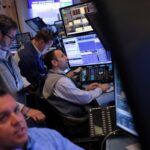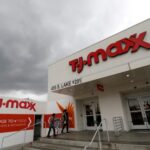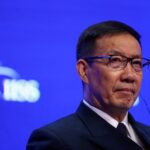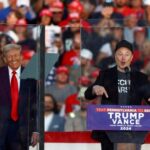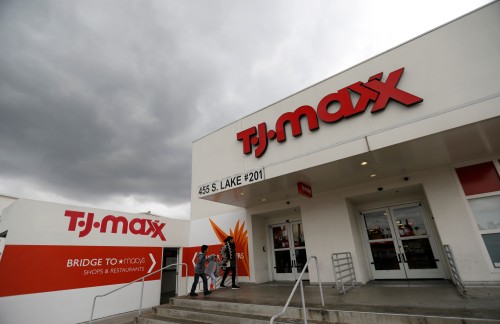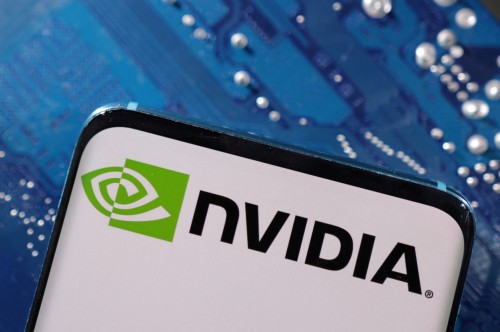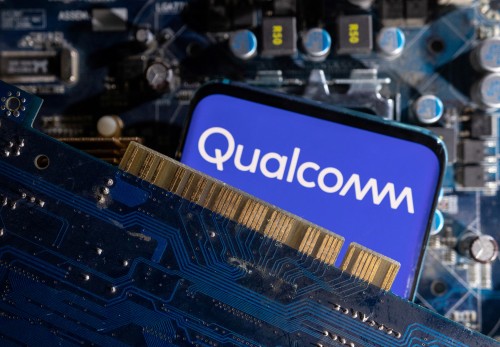By Nichola Groom and David Lawder
(Reuters) -The U.S. Treasury Department on Friday clarified that developers of solar energy projects can claim a new subsidy for facilities built with American-made products even if the system’s panels contain cells made entirely with Chinese materials.
The long-awaited rules around how companies can claim a new tax credit for clean energy projects built with domestic equipment represented a compromise between conflicting proposals by solar project developers, which rely on cheap imports to keep costs low, and manufacturers that want to expand and compete with China to supply the U.S. market.
Investors viewed the news as a boon to companies with existing or future plans for U.S. factories. Shares of First Solar Inc, the top U.S. solar manufacturer, soared 26% following the announcement, while shares of inverter maker Enphase Energy Inc rose more than 7%.
President Joe Biden’s Inflation Reduction Act (IRA), signed into law last year, offers billions of dollars in tax credits for facilities using American equipment to speed decarbonization of the U.S. power sector, create domestic jobs and challenge China’s dominance in manufacturing.
The law is viewed as a watershed for domestic solar manufacturing, which has struggled for years to compete with a flood of cheap imports from China. Since passage of the IRA, companies have announced more than $13 billion in U.S. factory investments, according to the Solar Energy Industries Association (SEIA).
The IRA contains a 30% tax credit for renewable energy facilities like solar and wind farms, with a bonus worth an additional 10% of the project cost for using domestic content.
To qualify for the bonus, the IRA specifies that all of a project’s iron or steel products must be “melted and poured” domestically and that 40% of the cost of so-called manufactured products must be made in the United States. For offshore wind, a new U.S. industry, domestic content must make up 20% of costs.
Solar and onshore wind project developers, however, have been awaiting clarification of how that 40% should be calculated, saying the uncertainty was stalling business.
According to Treasury’s proposed guidelines, the manufactured products in a typical solar energy facility would include modules, trackers and inverters. To meet the requirement, 40% of the components that go into those products, combined, would have to be American-made.
That means that solar cells, which are assembled into panels, could be made overseas so long as the domestic content cost threshold is met by other components in a facility’s manufactured products.
But solar cells account for about 30% of the costs of the products that make up a solar facility, making them a large piece of the puzzle. There is no current U.S. supply of polysilicon-based cells, the dominant technology in the market.
The top solar trade group, Solar Energy Industries Association, had proposed that panels assembled in the United States should qualify for the credit regardless of where the cells inside them are produced.
In a statement, the group said it was still analyzing the details of Treasury’s announcement, which it said would “spark a flood of investment in American-made clean energy equipment and components.”
Manufacturers have said that requiring solar cells to be made in America was key to producing goods that today are almost exclusively made in China. Many also advocated for even stricter rules that would have required the wafers used to make cells to be made in America. China is home to about 98% of global wafer production.
“While we appreciate the work that went into trying to address a wide variety of interests across a number of technologies, today’s domestic content bonus guidance is, on balance, a missed opportunity to build a domestic solar manufacturing supply chain and advance our climate goals,” said Mike Carr, executive director of the Solar Energy Manufacturing for America Coalition.
First Solar called the guidance “am important first step to create the vital demand signals that will incentivize buying American solar.”
(Reporting by Nichola Groom in Los Angeles and David Lawder in WashingtonEditing by Leslie Adler and Matthew Lewis)


